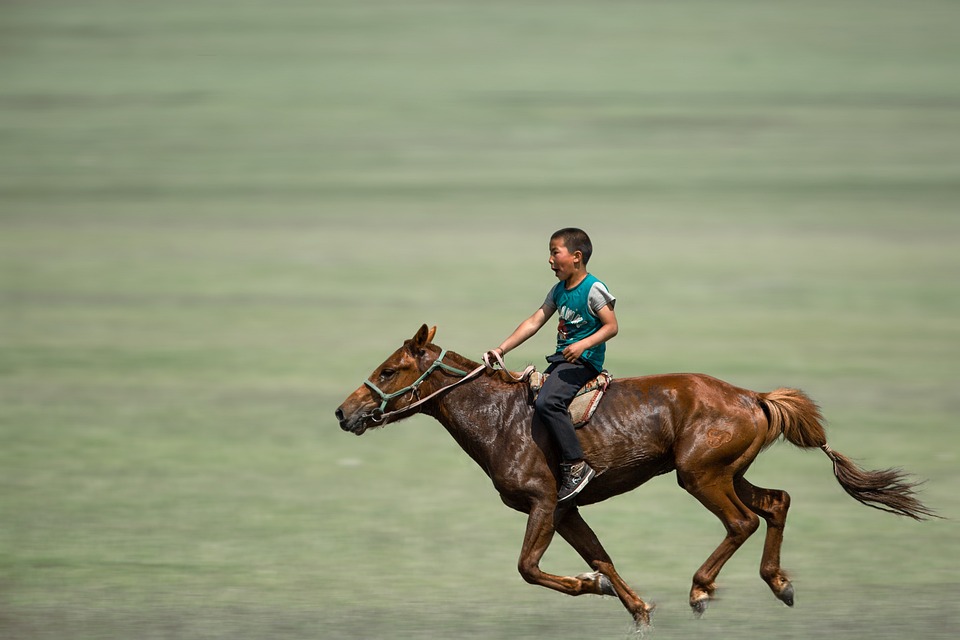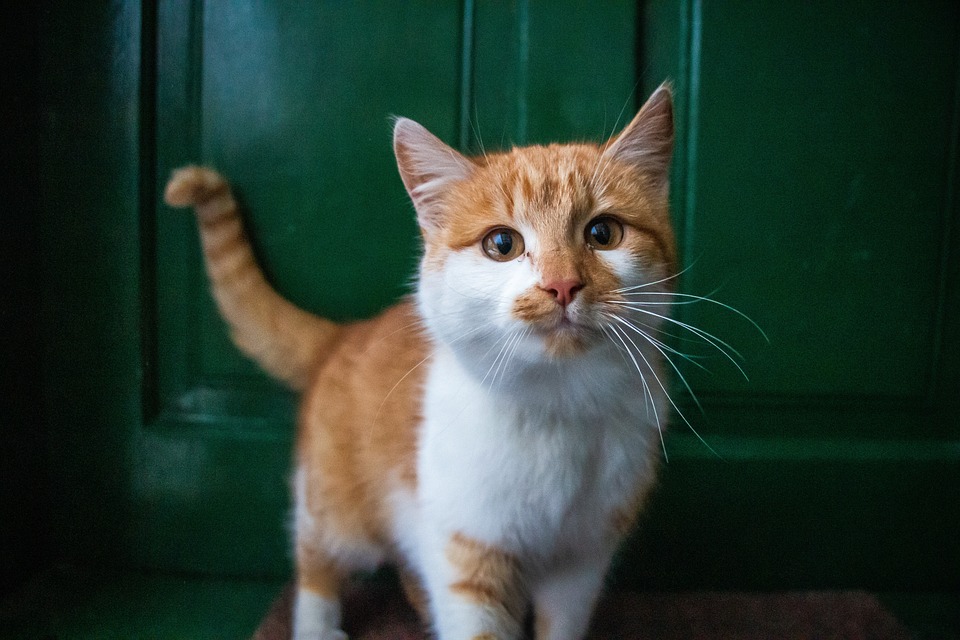Dressage is a highly skilled and elegant form of equestrian sport that showcases the harmony between horse and rider. The discipline requires the horse to perform a series of predetermined movements with precision, grace, and fluidity. The horse must be responsive to the rider’s aids and demonstrate exceptional athleticism and obedience.
One of the key elements of dressage is the horse’s head position. The horse’s head should be carried in a natural and relaxed position, with the nose slightly in front of the vertical. This position allows the horse to engage its hindquarters and move with balance and impulsion. The horse’s head should never be forced into an unnatural position or held too high or too low, as this can cause discomfort and hinder the horse’s ability to perform.
At the 2024 Olympics in Paris, Brazilian rider Carlos Parro was issued a warning for his horse’s head position during a warm-up session. The FEI deemed Parro’s actions to have the potential to cause unnecessary discomfort to the horse. This incident highlights the importance of proper training and handling techniques in dressage to ensure the welfare and well-being of the horse.
In dressage, the horse’s head position is a reflection of the rider’s skill and communication with the horse. A skilled rider will be able to maintain a correct head position through subtle and effective aids, allowing the horse to perform to its full potential. It is essential for riders to have a deep understanding of equine biomechanics and anatomy to ensure that the horse is able to move freely and comfortably.
Proper training and conditioning are also crucial in dressage to develop the strength, flexibility, and coordination required for the horse to perform the intricate movements of the sport. Dressage horses undergo rigorous training regimes to build muscle, improve balance, and refine their movements. It is essential for riders to work closely with trainers and veterinarians to ensure that the horse’s physical and mental well-being is prioritized.
In conclusion, the head position of a dressage horse is a critical aspect of the sport that reflects the rider’s skill, communication, and understanding of the horse’s needs. It is essential for riders to prioritize the welfare and well-being of their horses and to adhere to the principles of good horsemanship in their training and competition practices. By maintaining a correct head position and promoting harmony between horse and rider, dressage athletes can showcase the beauty and athleticism of this captivating equestrian discipline.





